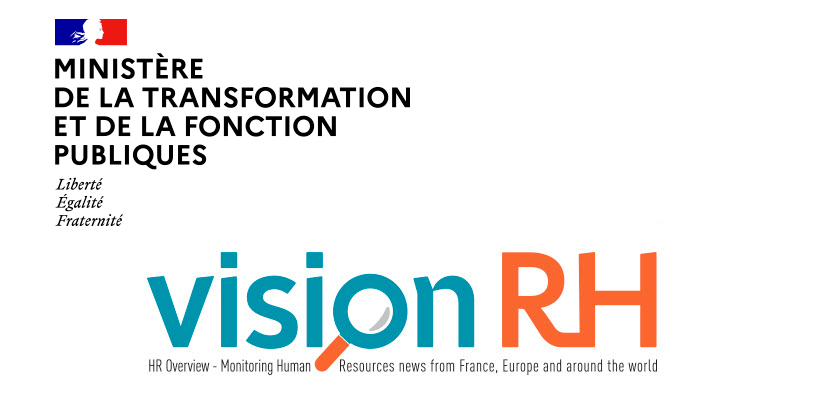Making the most of greater diversity in the civil service
Through its "Talents" initiative, the French administration is putting equal opportunity at the top of its agenda. The goal is to create pathways that will enable a wider range of people to enter public employment.
This is a compelling policy that is already well established in a number of countries – which are keen to promote a public sector that is in tune with the societies it serves – but at the same time a difficult undertaking because it is based on sensitive data and it is absolutely essential to avoid any kind of stigmatisation.
Encouraging people from a wide range of backgrounds to apply for government jobs, regardless of their origin, is the aim of Germany's wir-sind-bund.de (we are the Republic) website. Available in eleven languages, the site introduces the various public-sector professions and employer services. It provides answers to many practical questions, particularly concerning nationality requirements or the recognition of diplomas earned abroad. Taking this approach a step further, the city-states of Berlin and Hamburg have set hiring quotas.
Yet it is clear that diversity often decreases as one moves up the ladder of responsibility. To counter this effect and to achieve better representation at all levels, the UK has launched its Fast Stream programme (direct access to senior management positions). Eligible candidates who meet at least one of three conditions (non-European ethnic origin, disability or low parental income) can then be exempted from the first round of selection.
In Canada, as in other countries with similar situations, such as New Zealand, there is an ongoing effort to better integrate communities that are still under-represented. This includes producing and publishing statistical data on a regular basis, ensuring that appropriate criteria are used, and removing systemic barriers that lead to discrimination. The Auckland Government has just recently announced the establishment of an Ethnic Communities Graduate Programme to facilitate access for young minority graduates.
Commitment at the highest level, in the form of coordination and monitoring of actions, is clearly the best guarantee of an effective policy. In Belgium, for example, the government "takes measures to reflect the diversity of society in its staff. It also ensures the diverse composition of selection boards and the neutrality of selection procedures." A federal network, consisting of several bodies, supports and shapes the projects included in a three-year strategic plan, ensuring their proper implementation.
HR departments have a key role in developing and promoting instruments that contribute to improving diversity. In Finland, the professional sector is involved upstream and provides, inter alia, assistance in drafting skills-based job descriptions as well as multicultural training courses for managers. An annual survey assesses the impact of the actions carried out in the field of labour relations.
According to a 2015 survey conducted by the Luxembourg Presidency of the EU, most Member States have a strategy and/or charter (1), sometimes one specific to the public sector. To make best practices better known, but also to analyse them on the basis of common indicators, Austria has developed a variation of the CAF model. Diversity management is one of the performance criteria for managers.
1 An EU website opened in 2010 contains all the national founding texts as well as the scope of their signatories in each Member State.
 |





